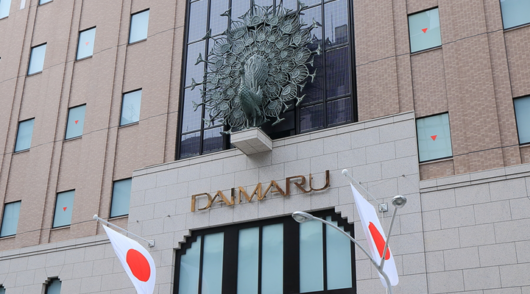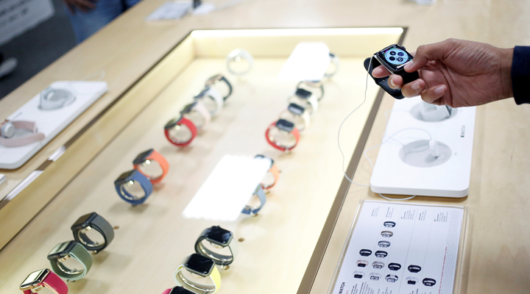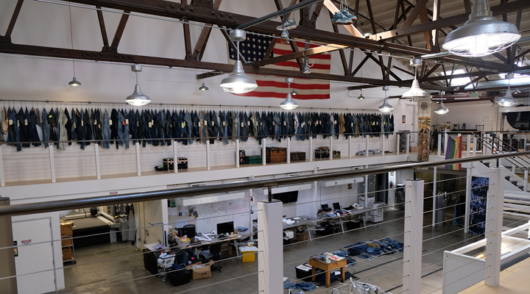It’s no secret that the cost of acquiring customers online has gone up in recent years, and with shoppers expected to rein in their discretionary spending in the months ahead, retailers must consider ways to optimise the process of attracting and converting customers to continue to grow.
There are countless tools and technologies available, but which ones deliver the most bang for your buck?
In the second episode of our video series from Shopline, we discuss how artificial intelligence can be used to take the guesswork out of digital advertising, how common mistakes can have a negative impact on conversion and why connecting data in the backend is key.
Check out the video below to hear the full conversation with Meta’s director of global marketing solutions partnerships Apac, Nadia Tan; Nigel Poole, founder and CEO of specialist e-commerce agency Matter Design; Joshua Akerry, founder of online retailer The Anime Collective; and Jon Levy, country manager of Australia for Shopline.
Here are three key takeaways:
- Use artificial intelligence to optimise digital advertising
The e-commerce boom over the last few years has made it more challenging (and costly) to reach new customers online, but by tapping into advanced technology, such as artificial intelligence, retailers can ensure their digital ads are as effective as possible.
“At Meta, 80 per cent of our investment goes towards our artificial intelligence-powered ads [such as] Advantage+ Shopping,” said Tan.
“We’ve found there is a reduction in the cost per acquisition by using a very simple tool. Firstly, it reduces the decision-making around how much to bid. And then, you can optimise the campaign and increase the ROAS.”
Akerry has seen first-hand how artificial intelligence can optimise advertising spend.
“We had a campaign that we were running ourselves, manually optimising, and our CPA was $23 or $25. It was just over our target. And then we tried it with Advantage+, and we ended up getting a CPA of -17 per cent, +32 per cent ROAS vs BAU, which allowed us to be profitable again,” he said.
- Avoid common mistakes that harm conversion
When it comes to converting customers, retailers should be looking to reduce any barriers to purchase.
According to Poole, this involves analysing the customer experience and keeping an eye on key engagement metrics, such as the add-to-cart rate for traffic coming through, and time on site.
“It’s not always going to be a purchase, so [look] at what other conversions are helpful to build that relationship with the customer,” he said.
According to Levy, retailers can do everything right to get the customer to the point of purchase, but cart abandonment is a “huge issue.”
“It could be a multitude of issues – it could be the shipping, it could be the pricing. It’s really important to have the tools so that you can be flexible and adapt and see what’s working and what’s not,” he said.
While there’s no one-size-fits-all approach to increasing conversion, Poole shared some common mistakes he sees that have a negative impact on conversion.
“Sometimes I see a really good ad on social media, and then I jump to the website, and it’s not consistent with what I started with. Getting that consistent message and the creative design being consistent, but also that flow through the site being natural and frictionless, is really important,” he said.
He also noted that having the right payment and shipping options for the region the customer is in, and showing stock availability and time to delivery, are crucial.
“It’s really about enabling the sale with the information they’re looking for to make that decision,” he said.
- Think beyond conversion to drive customer lifetime value
While retailers must look for ways to increase their customer acquisition and conversion rates to grow, they can’t afford to ignore metrics, such as customer lifetime value and average order value, which are key to building a profitable and sustainable business over the long term.
“Make sure that [repeat customers] have access to better pricing in the cart, reward them with incentives to be part of a membership program, have layered discounting, where they not only get that 10 per cent off, or free shipping but still get that loyalty discount,” Levy said.
“Those types of features sound easy to do, but those are powerful tools that you can implement really quickly.”
Check out the other videos in this series for further insights.






